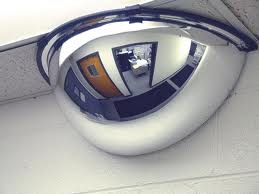 Editor’s Note: This is the first of a special three-part special report on avoiding back injuries, the most common workplace injury.
Editor’s Note: This is the first of a special three-part special report on avoiding back injuries, the most common workplace injury.
Anyone who has suffered back injury can tell you how painful and debilitating they can be. They tend to take a long time to heal and often can lead to further back problems months or even years later.
They also account for one out of every five workplace injury, according to the US Bureau of Labor Statistics. Back injuries can cause an employee to miss work and lose wages, but they also can cost an employer in lost productivity and in workman’s compensation claims. In fact, approximately 20% of all workmen’s comp claims are due to workers suffering back injuries.
So there is a benefit to both employees and management to avoiding back injuries whenever possible.
Under Pressure
Most people know that you should always lift with your legs, bending your knees when picking up a heavy object, but have you ever considered why this is the case? The amount of force you put on your back when you don’t bend your knees can be tremendous.
Think of your back as a fulcrum in a lever system. Because it isn’t centered, bending at the waist causes you to have a 10:1 weight-to-force ratio. In other words, lifting an object that weighs only 10 lbs. actually puts about 100 lbs. of pressure on your lower back. So any type of repetitive lifting and bending from the waist can quickly result in a back injury.





